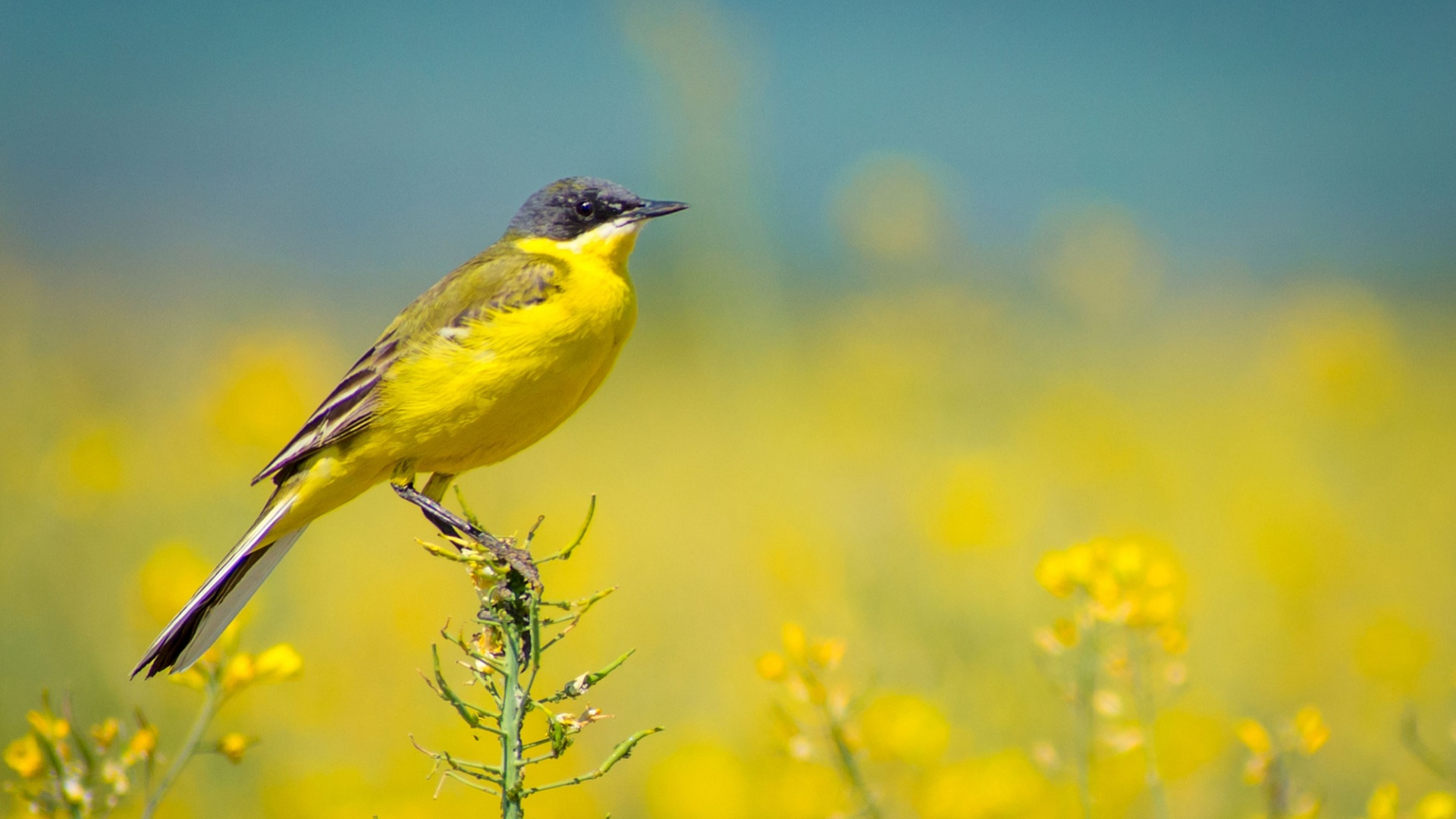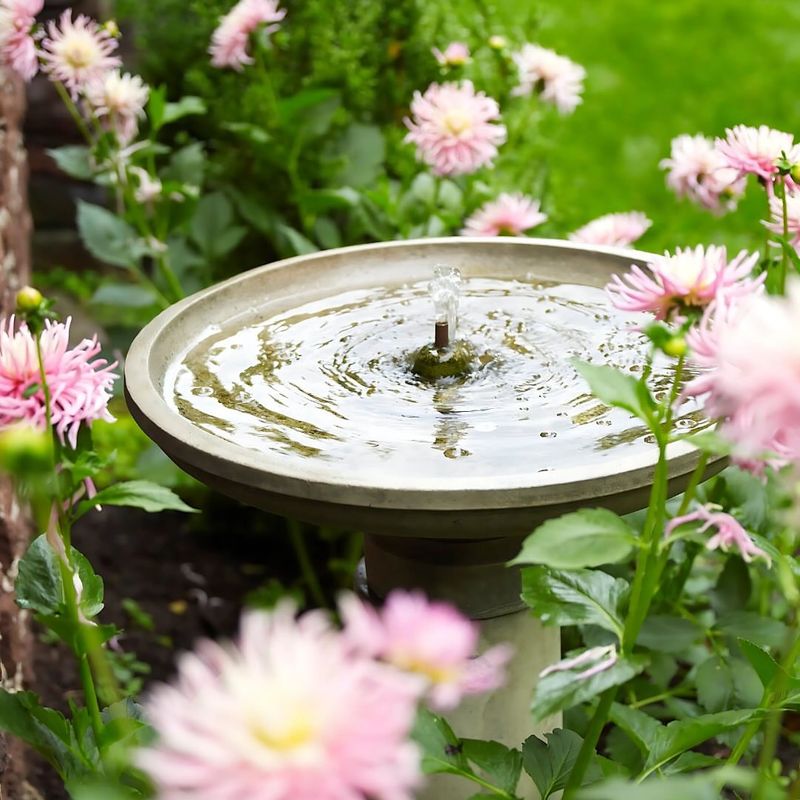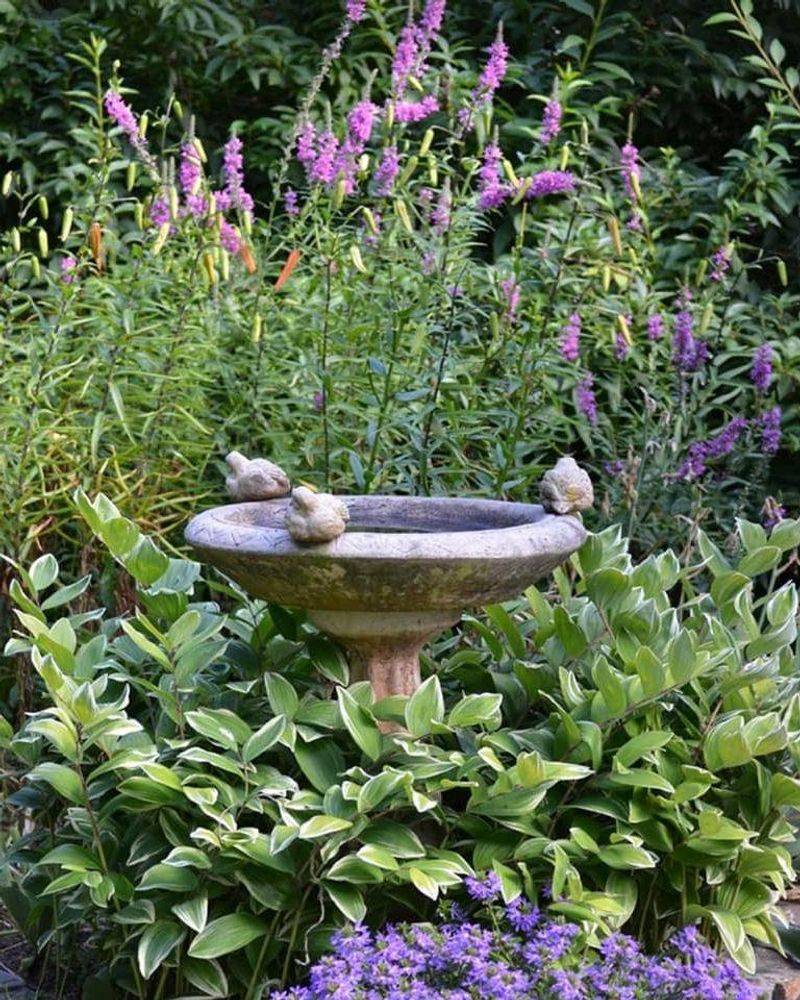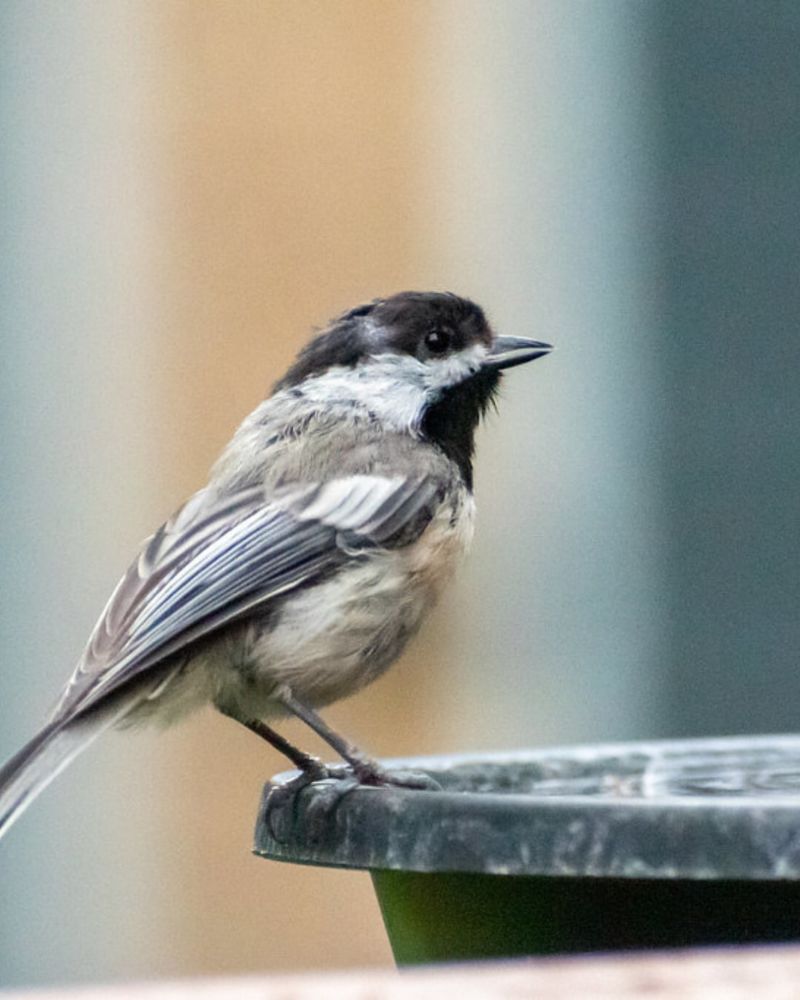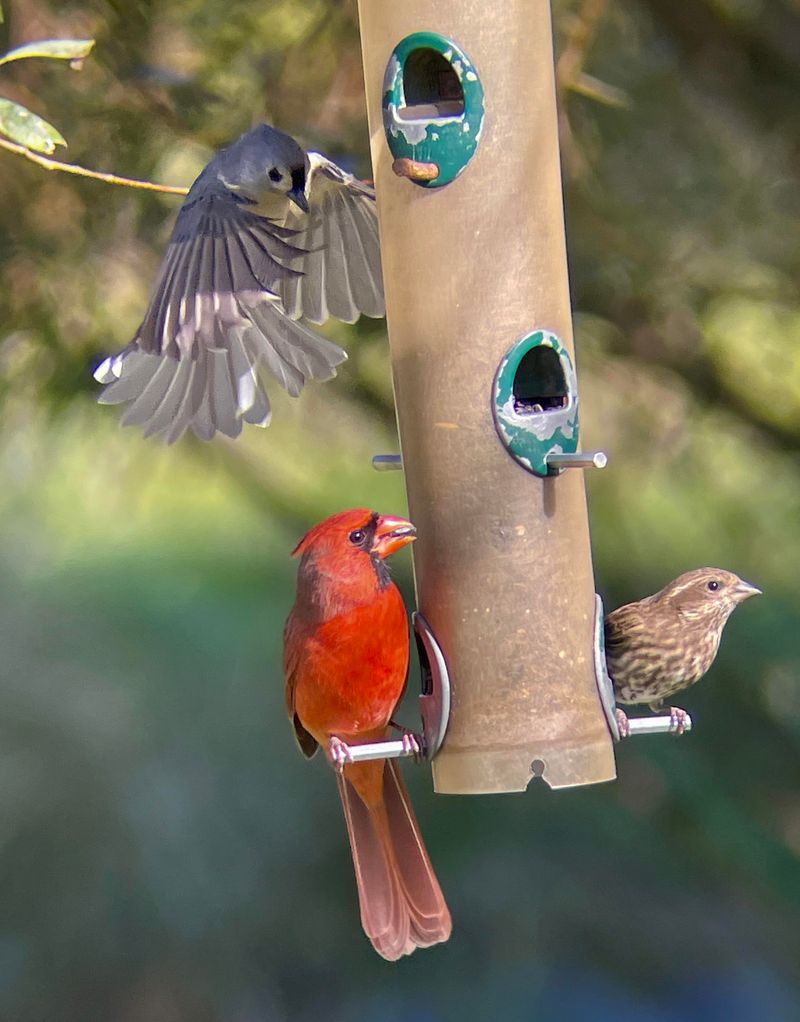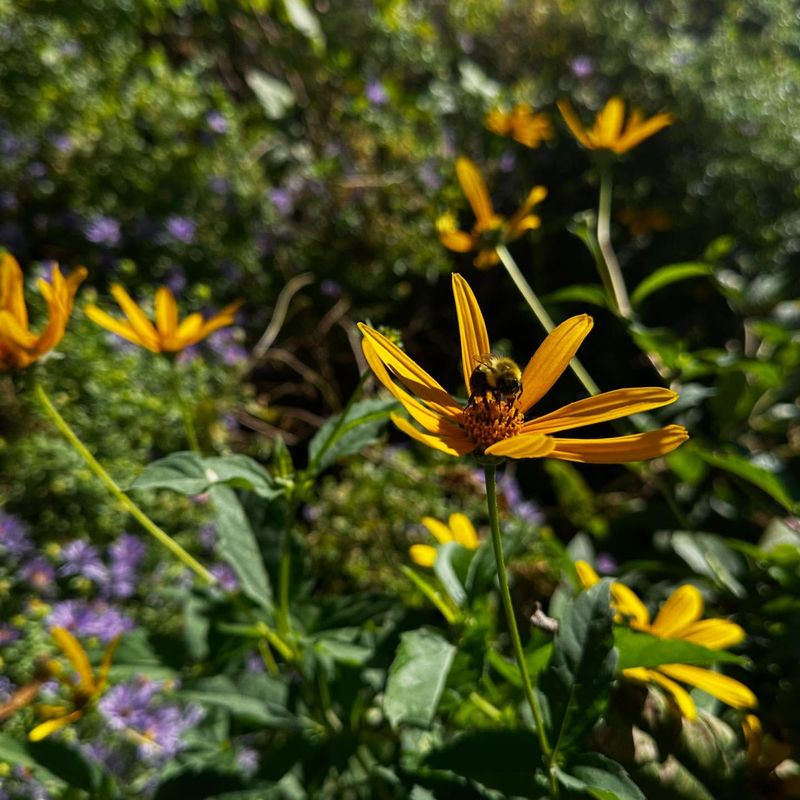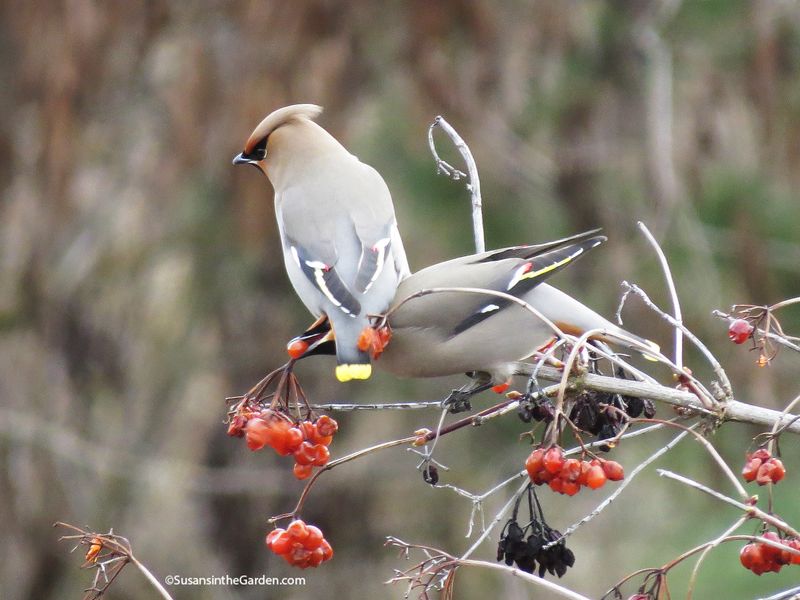As temperatures rise, garden birds are struggling to survive the heat. Experts say a few simple actions can make the difference between stress and survival for your feathered visitors.
From water access to safe shade, these three life-saving tips will help your garden become a true sanctuary for birds during this scorching summer.
1. Provide Fresh Water Daily
Refreshing your bird baths every morning is absolutely critical during heat waves. Stagnant water quickly becomes warm and breeds harmful bacteria that can make birds sick.
Place multiple shallow dishes around your garden at different heights. Some birds prefer drinking at ground level while others feel safer elevated away from predators.
Adding a few pebbles creates safe landing spots for smaller birds who might otherwise avoid deeper water.
2. Create Shaded Refuge Spots
Birds seek shelter from the sun’s intensity just like we do. Without cool spots to rest, they can quickly overheat and suffer heat stroke.
Dense shrubs and bushy plants make perfect natural hideaways. Consider planting native species that also provide berries or seeds as an additional food source.
Even something as simple as a garden umbrella or shade cloth stretched between trees can create instant relief zones for your garden visitors.
3. Install Misters Or Sprinklers
Birds absolutely love playing in gentle water sprays during hot weather. The fine mist helps them cool down without getting completely soaked.
Set your sprinkler system to run briefly several times throughout the hottest part of the day. Many garden centers sell special misting attachments designed specifically for bird cooling stations.
Position these water features near shrubs or trees so birds can quickly retreat to safety if they feel threatened.
4. Position Bird Baths Strategically
Location matters tremendously when setting up bird baths during hot weather. Partial shade works best – morning sun with afternoon shade prevents water from becoming too hot while limiting algae growth.
Keep baths away from areas where neighborhood cats might lurk. Birds are especially vulnerable when bathing, as wet feathers make flying difficult.
Rough-textured bath basins provide better grip than slippery surfaces, making birds feel more secure when drinking or bathing.
5. Offer Water-Rich Foods
Many fruits contain high water content that helps birds stay hydrated during heat waves. Cut apples, watermelon, or grapes into small pieces and place them on platform feeders.
Avoid foods that spoil quickly in heat. Replace fruit offerings at least twice daily during extreme temperatures to prevent harmful bacteria growth.
Some commercial bird foods now come specially formulated with extra moisture content specifically for summer feeding.
6. Keep Feeders Clean And Fresh
Heat accelerates food spoilage dramatically, turning yesterday’s helpful seed offering into today’s potential health hazard. Moldy or rancid seeds can cause serious illness in birds.
Wash feeders weekly using a mild bleach solution (one part bleach to nine parts water). Rinse thoroughly and allow to dry completely before refilling.
Consider using smaller feeders during summer and refilling more frequently rather than filling large feeders that might sit for days.
7. Create Morning Feeding Routines
Birds naturally feed most actively during cooler morning hours in summer. By synchronizing your feeding schedule with their natural rhythms, you’re providing nutrition when they need it most.
Fill feeders before sunrise when possible. This ensures food is available right when birds begin their morning foraging.
Consider reducing fatty foods like suet during heat waves unless you’re using special no-melt summer formulations designed to withstand high temperatures.
8. Plant Native Nectar Sources
Flowering plants provide natural hydration sources through nectar. Hummingbirds especially rely on flower nectar for both energy and hydration during hot weather.
Native flowering plants like bee balm, salvia, and trumpet vine are excellent choices. They’ve evolved alongside local bird species and often bloom during the hottest months when birds need them most.
Group nectar plants in visible locations where you can enjoy watching the bird activity they attract.
9. Maintain Bird Bath Depth Properly
Most garden birds prefer water that’s no deeper than 1-2 inches. Deeper water can actually discourage birds from using your bath, especially smaller species who might fear drowning.
Adding a gentle slope or graduated depths gives birds options based on their size and comfort level. Even tiny wrens and finches will visit baths with shallow edges.
Consider adding a small solar fountain attachment to keep water moving, which attracts birds while deterring mosquitoes from laying eggs.
10. Monitor For Signs Of Distress
Birds panting with open beaks or holding wings away from their bodies are showing signs of heat stress. These behaviors indicate they’re struggling to regulate body temperature.
If you notice birds looking lethargic or unresponsive during extreme heat, creating immediate shade and water sources nearby could save their lives. Sometimes a quick spray from a mister can help an overheated bird recover.
Keep contact information for local wildlife rehabilitators handy in case you find a bird in serious distress.

